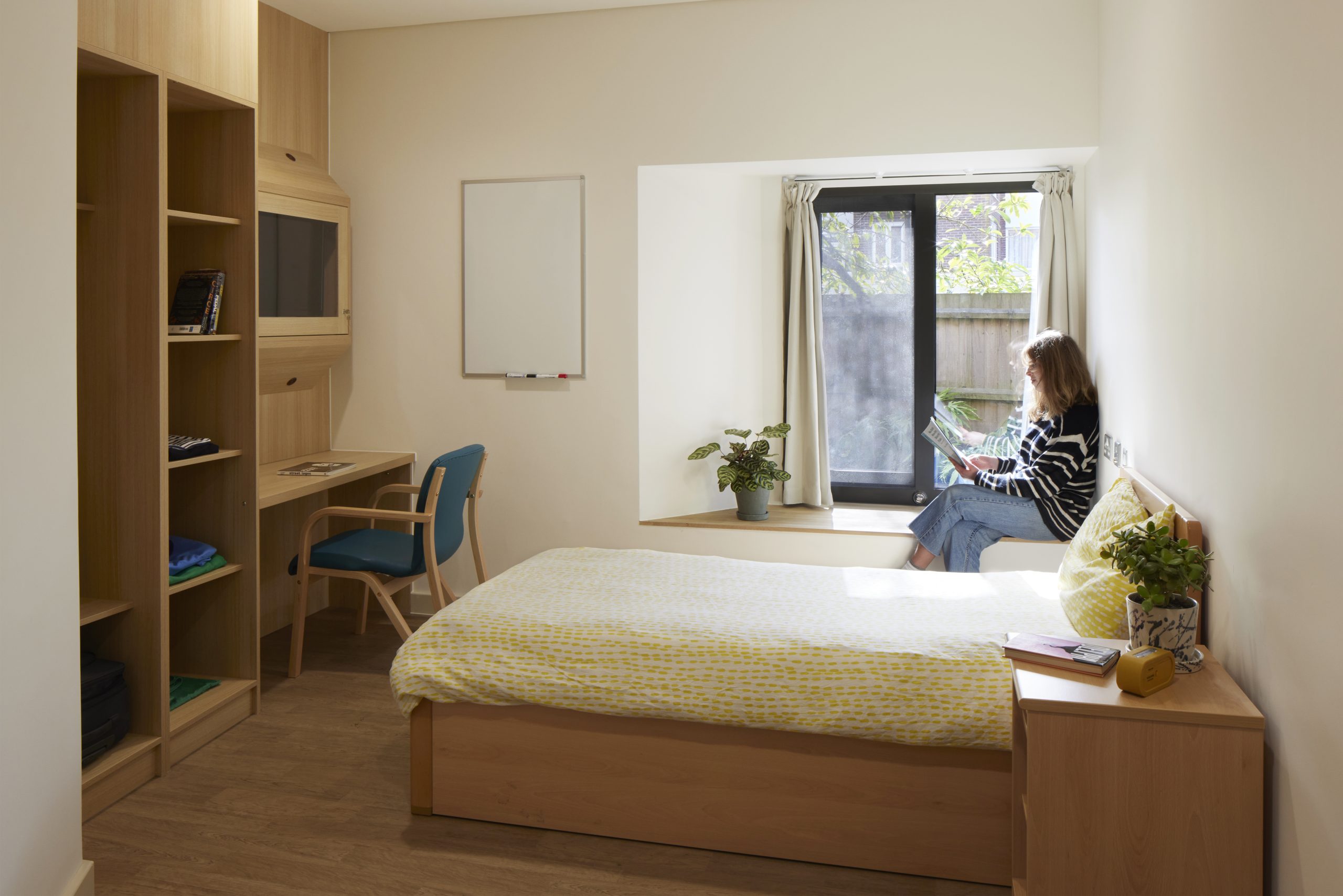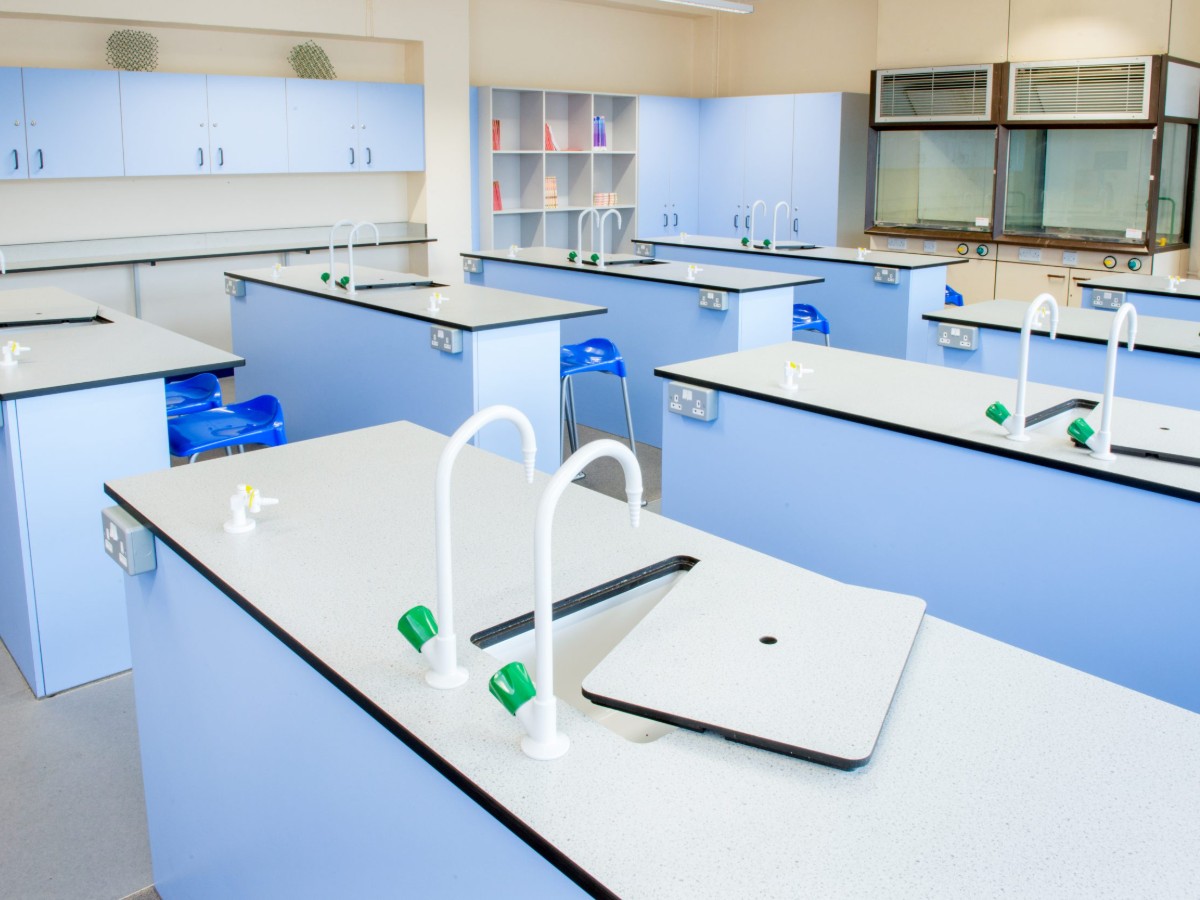Student accommodation has undergone a significant transformation in recent years. Once a basic necessity, frequently…

Clever classroom design considerably improves pupils’ learning
Recent ‘Clever Classrooms’ research1 revealed how differences in the physical characteristics of classroom design, such as layout, colour and light, can together increase the learning progress of primary school pupils by as much as 16 per cent in a single year.
The findings from the research undertaken by the HEAD Project2 (Holistic Evidence and Design) at the University of Salford successfully links the impact of built environment factors to learning progress. It is estimated that the result of moving an ‘average’ child from the least effective to the most effective learning space would be around 1.3 sub-levels, a significant effect when pupils typically make 2 sub-levels progress per year.
Maintaining the focus and attention of young children in classroom environments is a known challenge. Previous research has shown that visual features in a classroom design may tax young children’s still-developing and fragile ability to actively retain task information and ignore distractions3. The HEAD Project concluded that well-designed learning environments can improve pupils’ performance by as much as 16 percent, making it easier for them to focus and learn. These findings illustrate how important inspiring, comfortable learning and teaching environments are and prove that their creation requires careful planning and specialist design input.
Head Teachers come under significant pressure to prove the worth of every spending decision and this sort of research gives real weight to their refurbishment argument, it also illustrates how crucial the planning stage is. As such we would always suggest working with a design team to ensure all proposed projects meet your specific end goals, however, if this isn’t possible the following factors are worth considering in detail before making those all important decisions.
Acoustics – If you are looking to refurbish an existing learning environment, evaluate the acoustics in your classroom by assessing how well pupils can hear teachers speaking and whether there is any disturbance from outside noise.
Colour – Pupils’ ages and classroom use are both important considerations when choosing appropriate colours for walls, floors and furniture. For instance, we recently installed school furniture at a special school for autism education, where the head teacher specified a cool, refreshing colour scheme to help create a calm environment where pupils could both learn and play.
Furniture – With pupils spending more than 1,000 hours per year in the classroom, loose school furniture, such as chairs and tables, must be comfortable and needs to be selected according to the age and size of the pupils using them.
Heating – Flooring type and warmth from the sun can both affect the temperature of a room. It is therefore vital that any heating systems installed have a thermostat fitted to maintain a comfortable room temperature both in the summer and during the winter.
Lighting – The level and distribution of natural daylight differs significantly throughout the year. Room orientation and other factors can affect the amount of natural sunlight penetrating a particular classroom. Opting for LED lighting will provide additional light when required whilst minimising energy usage.
Storage – Scientists have found that physical clutter negatively affects humans’ ability to focus and process information. This is why it is crucial that adequate storage solutions are factored into every classroom design. School storage must be fit for purpose for the activity in the classroom, for instance, an art classroom may benefit from mobile storage trays offering easy manoeuvrability and access to supplies, where science facilities may require secure, lockable storage for chemicals and fragile equipment.
To see photos of our Education furniture installations click here.
References
1 – https://www.salford.ac.uk/cleverclassrooms/1503-Salford-Uni-Report-DIGITAL.pdf
2 – “The impact of classroom design on pupils’ learning: Final results of a holistic, multi-level analysis,” Building and Environment, Volume 89, July 2015, Pages 118-133, ISSN 0360-1323, dx.doi.org/10.1016/j.buildenv.2015.02.013
3 – A. Fisher, K. Godwin, H. Seltman. Visual environment, attention allocation, and learning in young children: when too much of a good thing may be bad







